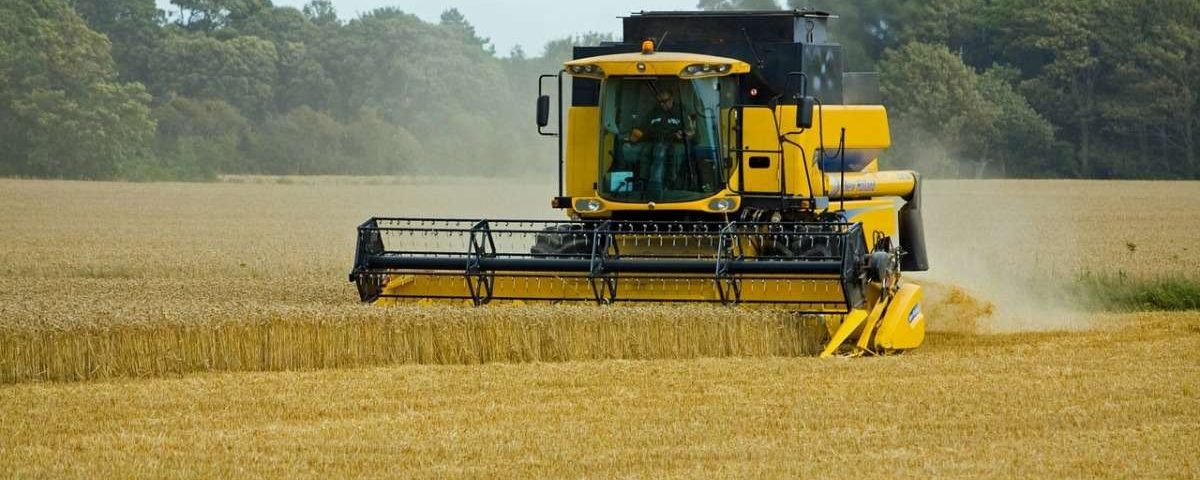Mechanization to drive the Agricultural Machinery Market in India

Farmers to observe MSP Legal Guarantee Week from 11 – 17 April
March 14, 2022
Govt has not yet considered separate MSP for food grains produced under natural farming: Agri Minister
March 23, 2022Nirmesh Singh
New Delhi, 23 March 2022
Though the Indian agricultural machinery market has been segmented into tractors, equipment, sprayers, harvesting machinery, and haying and forage machinery but India is considered to be one of the largest markets for tractors in the world as it produces a huge volume of tractors and also exports them to other countries. But the scenario is changing as it will not be tractors alone but also the other farm machinery that will drive the agriculture machinery market in India in next few years.
Mordor Intelligence Report 2022 -27 on India’s Agriculture Tractor Market observes that in recent years, farm mechanization practices have come a long way. Issues concerning farm productivity are tackled largely through the extensive use of tractors and other farm equipments. The employment of mechanized power in the field has been the pioneer for impressive changes in the India’s agriculture sector.
In a CVF Off Highway 2022 conference held recently in New Delhi, experts from the tractors and farm equipment industry discussed the market and new trends in the sector.
Jujhar Singh Virk, President & Group Head (Strategy & Growth Avenues) at International Tractors Ltd (Sonalika & Solis), said, “Farm practices are changing and farmer is not a typical old and traditional farmer now. Even though there is a large number of small and marginal farmers but awareness about mechanization has grown due to access to internet in recent times”.
“Now farmer is looking for solutions and not a product. He is in fact not looking at tractor only anymore. Farmer is also looking at other farm machinery which can reduce its pain and cost of labour and other costs. If they find such technology, they adopt it”, he added.
“Therefore, there is a shift from tractors to other farm machinery as tractor has limited utility. It is used generally for sowing and then for harvesting. In between, there are lot of farm operations like preparing soil, spraying pesticide, fertilizers, irrigation, etc which are done manually”, he stated.
He said, the mechanization in India is less and hence India is potential market. Mechanization in India is 35 – 40 percent which is less as compared to countries like US, Japan where it is 80-90 percent.
He added, “There is a huge scope for growth of market as more and more people will migrate to cities from rural areas thus resulting in shortage of farm workers. Also, younger generation doesn’t want to work in farms. This will lead to increase in mechanization of agriculture”.
This will set the growth trend for tractors and farm machinery industry.
Mordor Report also says, “The India Agricultural Tractor Market is projected to witness a CAGR of 4.5% in next five years, i.e., during the forecast period (2022 – 2027)”.
But G.S. Grewal, Director Sales, Marketing & CS, Kubota Agricultural Machinery India, pegged it a CAGR of 7-8 percent in next five years.
He said, now farmer is thinking about better technologies. It is shifting to 4-wheel drive tractors. Earlier, there weren’t 4-wheel drive tractors in India. But after Kubota, a Japanese company, that introduced them in India, the 40 percent demand among tractors was for 4-wheel tractors.
Second, factor is of fuel-efficient technology tractors as fuel prices are going up. Third factor will be the farm equipments that are used behind tractors.
He added, farmers are ready to spend for good technology.
Dr Rajan, Sr. Principal Scientist at CSIR-Central Mechanical Engineering Research Institute (CMERI), said, “At present we don’t have much mechanization except for tractors and harvesting machines. Mechanization is assessed by power availability in fields per hectare, that is, Kilo Watt (KW) per Hectare. Government of India aims to achieve 4KW per hectare by 2030 to pace up with the growing demand for food grains in the country. Currently, it is around 2.25 KW per hectare. So, to achieve 4 KW per hectare, there will be huge demand for mechanization through various farm equipments”.
The Indian agricultural machinery and equipment industry is expected to become more consolidated in the years to come.
__________________________________________________________________________


